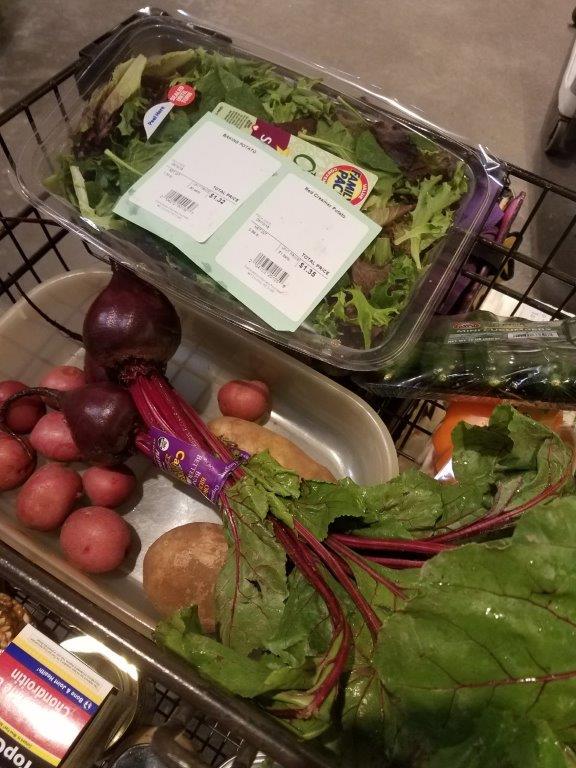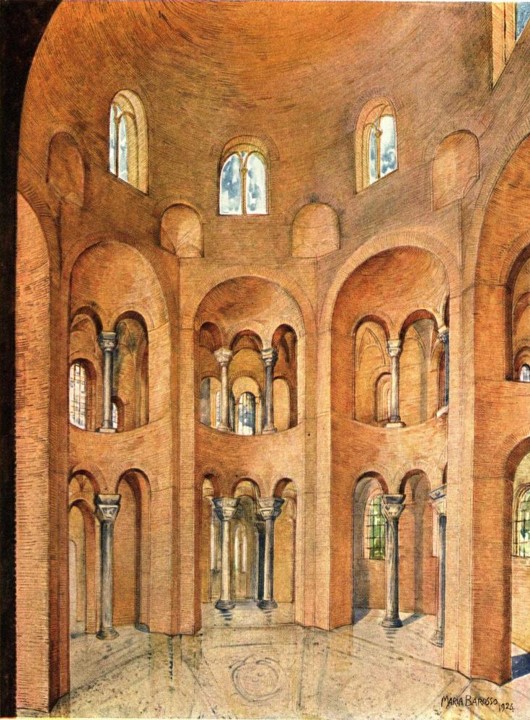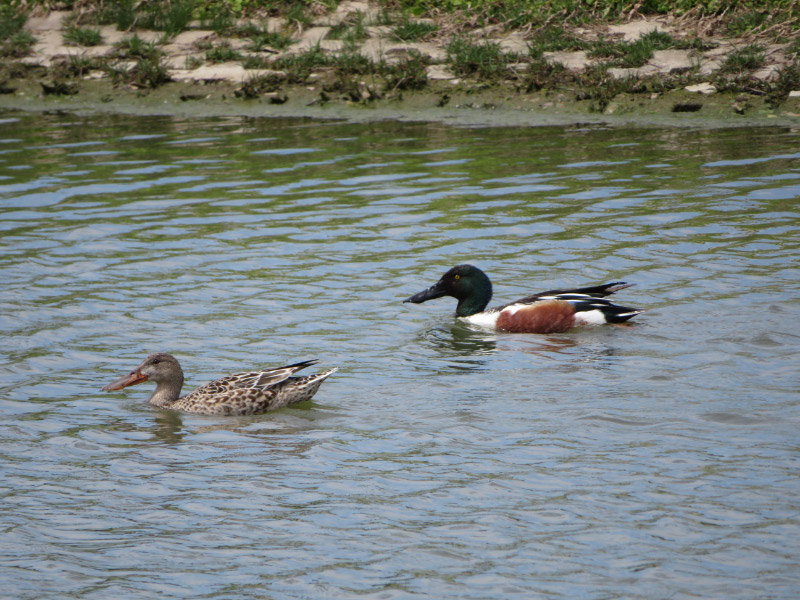Composting at Home – June 2018
/I got a free composting bin when I volunteered with the Fishmobile; the Fishmobile was part of a larger event at a local nature center that included a composting demo. The county gives bins away as part of the demo (GEOBIN Composting System) to encourage backyard composting by residents. A Master Gardener talked about what was required to successfully compost (mixing ‘browns’ and ‘greens’ – mixing) and I felt confident enough to give it a try. The bin was packaged rolled up in a cardboard box although the Mater Gardener recommended that stakes be used to provide some structure to the bin; I remembered that I had some at home…so no barrier. The hardest part of putting it together was the tightness of the roll; the material wanted to stay rolled! It might have been easier for two people but I managed on my own. The plastic has slots and the kit came with plastic keys to fit into the slots and turn to lock the two ends together. I made it a little smaller than the maximum size. I put it under the maple tree in our back yard….positioned to the hose from the house can reach it in case it needs to be moistened during a dry period.
I had two longer metal stakes and a flag pole that had broken into two pieces to use as stakes. There were dried leaves from last fall that were already on the ground and I simply left them for the first layer of material in the bin (the area is so shady that no grass grows under the tree so I started leaving the leaves to provide some protection to the soil). Then I added some veggie and fruit scraps from the kitchen, shredded paper and cardboard. Later I added some soil from a pot that had broken.
The bin looks very large right now. It will be a challenge to keep the greens (veggie and fruit scraps, grass clippings, bush clippings) and browns (paper, fall leaves, small twigs) balanced. I might feel the need to get a shredder for the yard waste since smaller materials will decay more quickly. I’m going to get through the rest of this year without one…just to see how the well the minimalist approach to composting will work.
























































































